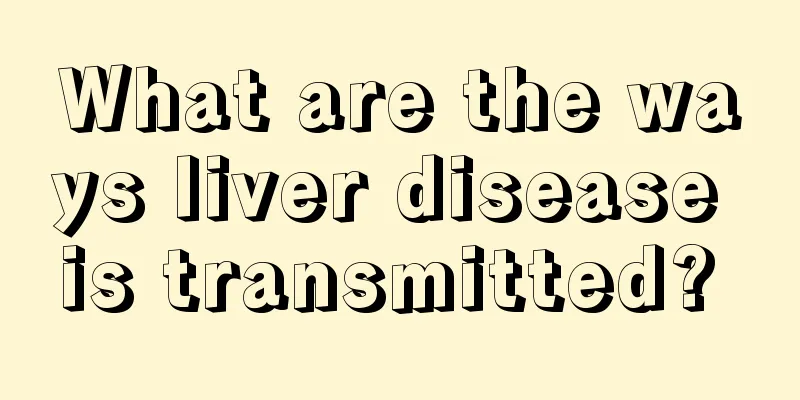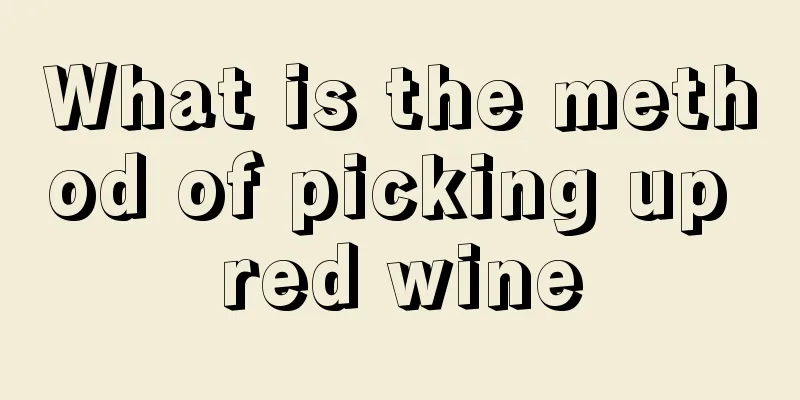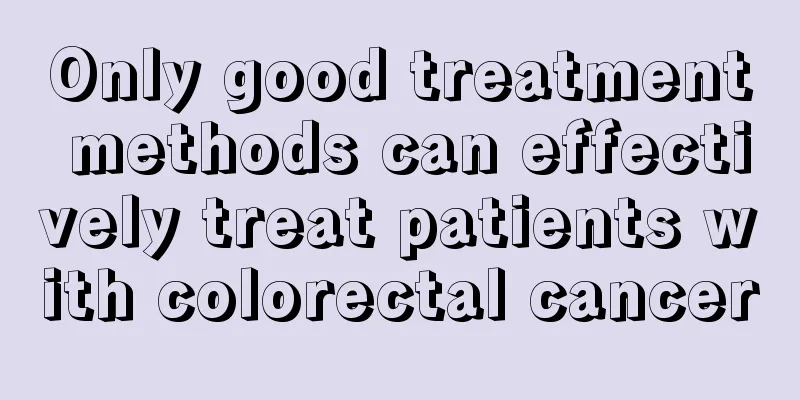Drinking soft drinks frequently may induce prostate cancer. Eating more tomatoes may prevent prostate cancer.

|
Drinking soft drinks frequently may induce prostate cancer. Soft drinks can easily induce prostate cancer. A 15-year study by researchers at Lund University in Sweden showed that men who drink 300 ml of soft drinks a day have a 40% increased risk of prostate cancer. The researchers took more than 8,000 healthy men aged 45 to 73 as research subjects, asking them to undergo regular physical examinations and record their daily diet. After an average of 15 years, the researchers compared the eating habits of prostate cancer patients and healthy people in the research subjects, and found that there was a clear correlation between drinking soft drinks or other sugary drinks and prostate cancer. Soft drinks refer to natural or artificially prepared beverages with an alcohol content of less than 0.5%, usually including carbonated drinks, fruit juice drinks, tea drinks, etc. Men who drink a lot of soft drinks or other sugary drinks have an increased risk of prostate cancer of about 40%. "A lot" here refers to an average of 300 ml a day, and a can of carbonated drink is usually 330 ml. Causes of prostate cancer: Prostate cancer is related to age: There is a strong correlation between increasing age and the risk of prostate cancer. The incidence of prostate cancer increases from 1,100,000 men younger than 40 years old to 1,146 per 100,000 men older than 85 years old. The average age of diagnosis of prostate cancer is 70.5 years old. More than 80% of prostate cancers are diagnosed in men over the age of 65. Autopsy records show that 70% of men over the age of 90 have cancer in at least one area of their prostate. Prostate cancer incidence is associated with ethnic origin: In the United States, African-American men are 1.6 times more likely to develop prostate cancer than white men. They are also 2.4 times more likely to die from their disease compared to white men of similar age. Asian Americans, on the other hand, have a much lower chance of developing prostate cancer compared to white or African men. Internationally, white men from Scandinavian countries experience the highest rates, while Asian men have the lowest. Although these ethnic criteria have been used to study and describe the disease in the past, there is no clear biological basis for such classifications. In other words, these different rates of diagnosis and mortality are more a reflection of factors such as environmental exposures, diet, lifestyle, and health-seeking behaviors than racial differences in prostate cancer susceptibility. However, recent evidence suggests that this disparity is gradually decreasing as men with high chances of being cured of organ-confined prostate cancer (cancer confined to the prostate gland that has not spread beyond the prostate gland) receive treatment, regardless of race. Family history: Men who have a history of prostate cancer in their family, especially if it is a first-degree relative such as a father or brother, have an increased risk of developing prostate cancer. If one first-degree relative has prostate cancer, the risk is at least doubled. If two or more first-degree relatives are affected, the risk increases 5-11 times. Dietary habits also contribute to prostate cancer: Dietary factors may influence the risk of developing prostate cancer. Specifically, total energy intake (reflecting body mass index) and dietary fat have been implicated. There is some evidence that obesity leads to a more aggressive, larger prostate, which would lead to an increased risk of a poor prognosis after treatment. However, questions remain as to whether there is enough evidence to recommend lifestyle changes, particularly for the prevention of prostate cancer, independent of health and cardiovascular benefits. Infections leading to prostate cancer: Recent evidence has shown the role of sexually transmitted infections as one of the causative factors for prostate cancer. Men who have had sexually transmitted infections are reported to have 1.4 times the chance of developing the disease compared to the general population. Cadmium: Exposure to chemicals, such as cadmium, may be implicated in the development of prostate cancer. Selenium and Vitamin E: While the initial report of the Selenium and Vitamin E Cancer Prevention Trial (SELECT) found no reduction in the risk of prostate cancer with selenium or vitamin E supplementation, the near-conclusion confirms that vitamin E not only does not prevent prostate cancer, but actually increases the risk of prostate cancer. In this study, men who took 400 IU of vitamin E supplementation daily had a 17% increase in their risk of the disease. Therefore, patients should avoid taking vitamin E supplements. Vitamin C: Vitamin C 500 mg pO every other day did not reduce the incidence of prostate cancer in the Physicians' Health Study II (PHSII) after a median follow-up of 8 years. Therefore, vitamin C does not prevent prostate cancer. Tomatoes can prevent prostate cancer Recent studies have shown that daily consumption of tomatoes and tomato products and oral supplements containing lycopene have considerable benefits for human health and may be effective in preventing prostate cancer. Harvard Medical School conducted a survey of 47,894 male health professionals who did not suffer from prostate cancer. The results showed that consuming large amounts of lycopene can effectively protect the prostate. Among the 46 foods containing carotenoids, 3/4 of those that are associated with a lower risk of prostate cancer contain lycopene—tomato sauce and tomatoes. Eating more than 10 tomatoes and tomato products per week can reduce the risk of prostate cancer by 35% compared to those who eat less than 1.5 tomatoes per week. For severe prostate cancer, lycopene shows a higher protective effect. |
<<: Why are obese men more likely to get prostate cancer
>>: The incidence of prostate cancer varies from place to place. How to prevent prostate cancer?
Recommend
What are the methods for cleaning blood vessels
A healthy body is what every one of us hopes to h...
Can tooth cleaning powder whiten teeth?
Showing eight teeth is the most standard smile. A...
How to treat severe acute aplastic anemia?
Bleeding is the main symptom of acute severe apla...
What does a positive cervical test mean
Cervical examination is a scientific method of ob...
How old is the tooth correction? Are there any restrictions?
If teeth are deformed, they need to be corrected....
Is it possible to drink milk if I have high cholesterol?
We all know that milk is a good drink and we cann...
What are the symptoms of uterine teratoma
Common symptoms of uterine teratoma include abdom...
Remedies for premature placenta
The fetus is initially formed by the combination ...
What is the most effective way to lose weight and relieve constipation?
Constipation is a very common phenomenon in life....
Can eating ginger also induce liver cancer? What is the best diet for liver cancer patients?
As the saying goes, "Eat radish in winter an...
What are the symptoms of intestinal disorder
Irregular diet can cause gastrointestinal discomf...
After esophageal cancer appears, it manifests itself in many parts of the body
After esophageal cancer appears, it will manifest...
Can breast cancer be completely cured?
Can breast cancer be completely cured? Breast can...
What kind of milk can help you grow taller?
Drinking more milk can indeed help you grow talle...
Be careful of these five types of people who are the most difficult to serve
People born in the Year of the Tiger: People born...









